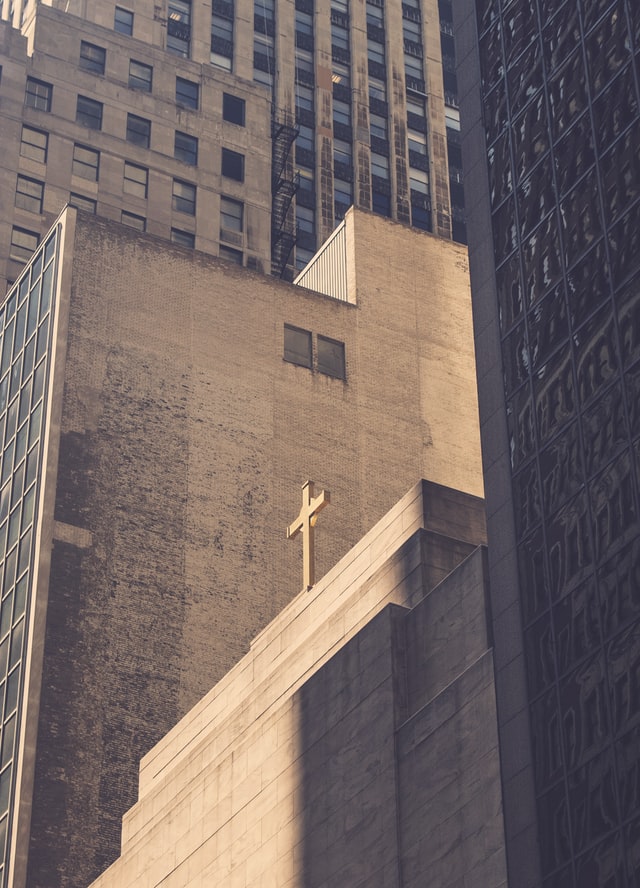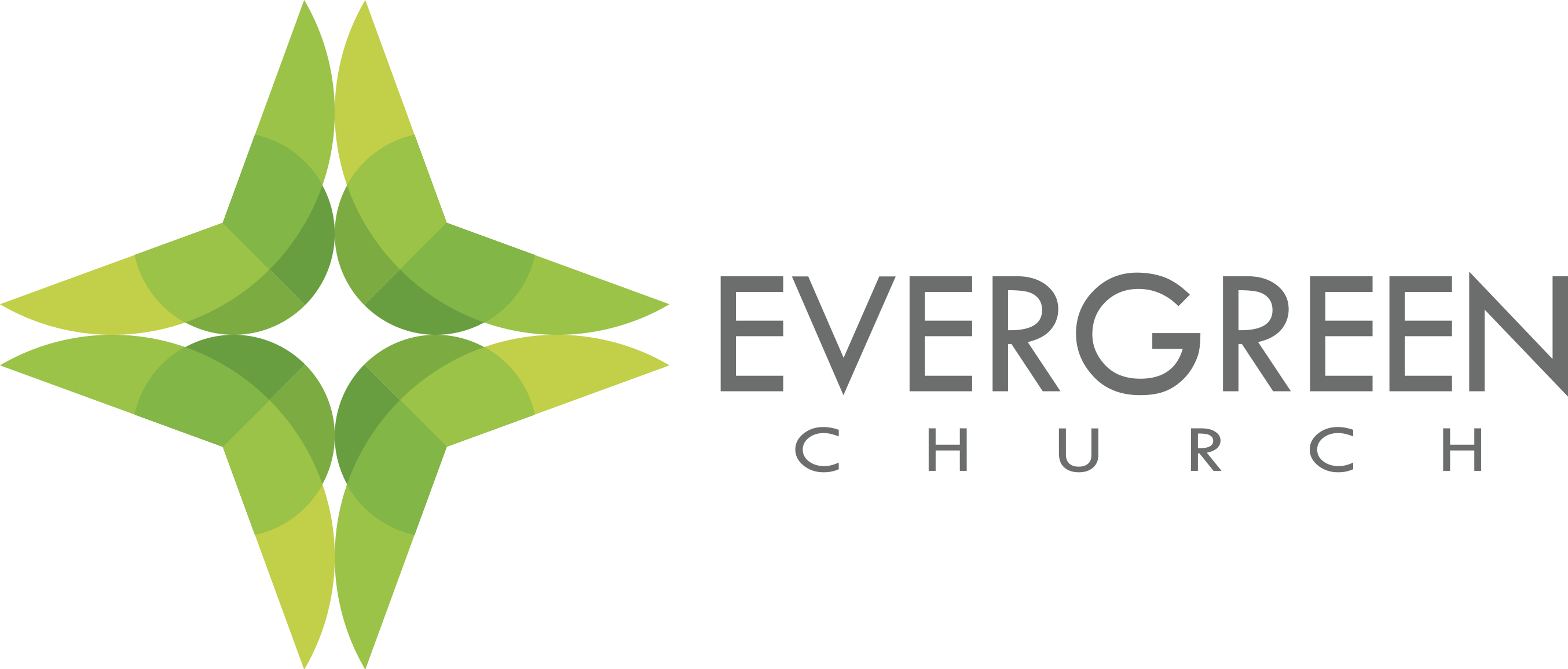
[Listen to an audio version here]
When you consider the future, do you think of good things? Do you think that there will be blessing? Or do you expect things to turn out badly, a curse? What about for your children?
The blessing and the curse. There are many reasons why we might expect a curse. After all, we all have to die. The time of death is often not very pleasant. If it extends itself out a long time, it can be worse. I was praying for someone’s mother last week who is having an awful time as she continues to decline in health. It’s the sort of thing I don’t really even want to share the details of. It just breaks my heart. It is things like that which make us think that future will bring a curse and not a blessing.
Last week, I talked about God’s purposes to do us good, to bless us. One person said that cancer and Ukraine make me wonder. This was person was right. It does make us wonder. It rightly makes us wonder if God’s purpose for us is good, if it is blessing.
Beyond this, we have to ask, what do we really deserve? Have we really treated people as the image of God? Have we given God the honor He deserves? Have we really loved Him? Have we made a good use of the things He has given us? The answer is often, “no.” The wages of sin is death. It is a curse. So, why would we expect blessing?
Well, our passage today gives us reason to expect that the future will bring blessing rather than a curse. This hope, ironically, is founded on the terrible punishment of crucifixion, an excruciatingly painful way to die. How in the world could the cross, the crucifixion, give us hope of blessing? That’s what I want you to see in this text.
The Way to the Crucifixion
The place where they would crucify Jesus is called “The Skull.” It’s interesting that I hear a lot of people around here saying “Calvary’s cross.” I’m not sure that really communicates to us what the Bible is talking about. The word Calvary comes from the Latin word calvaria. Calvaria means “skull.” So, it might be better for us to say, “Skull’s cross,” if we are going to say it. It’s called “skull” because it is a place of death. The skull is the symbol of death. It is the place of execution.
Now, Jesus was in Pilate’s court, but he had to walk to The Skull, to Calvary. Our text describes for us to the way to The Skull, the way to the crucifixion. It does this through three different foci on various people. These three foci are on Simon, the women of Jerusalem, and the two criminals.
